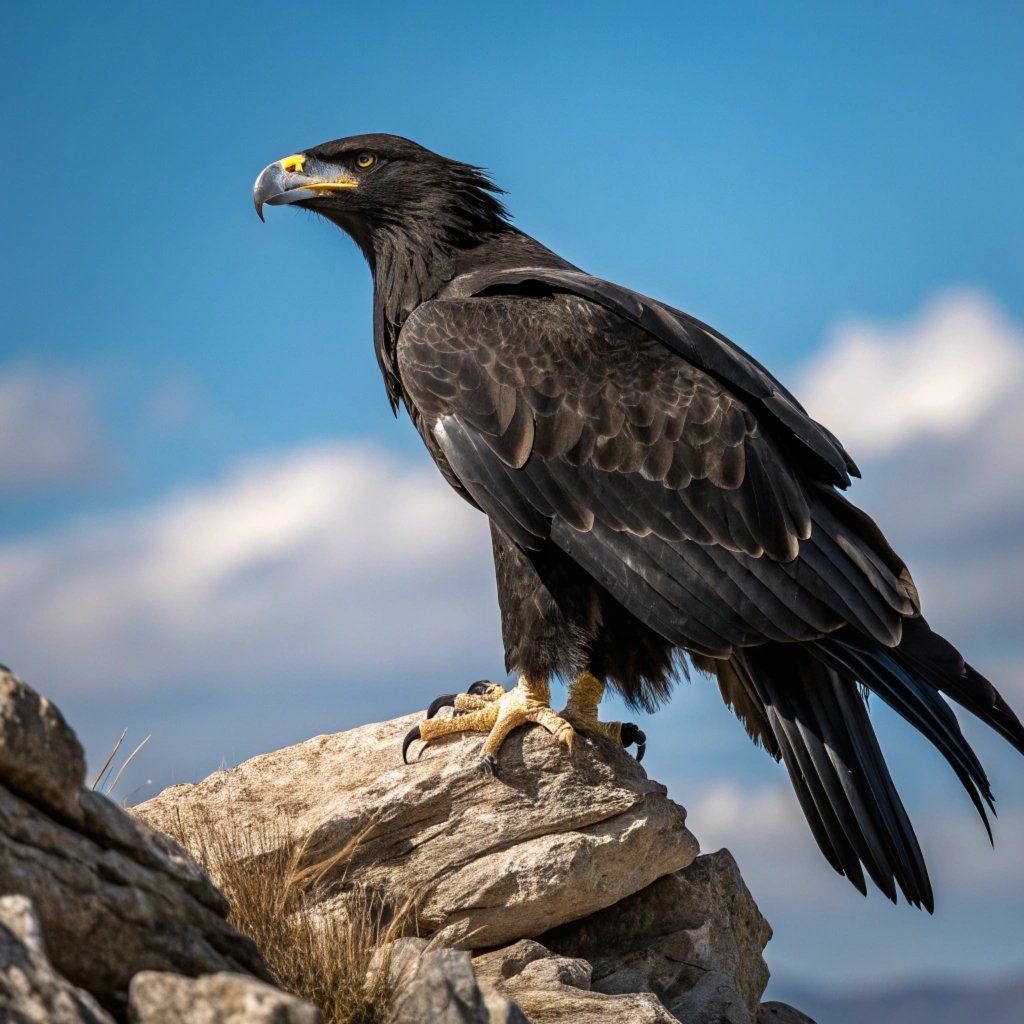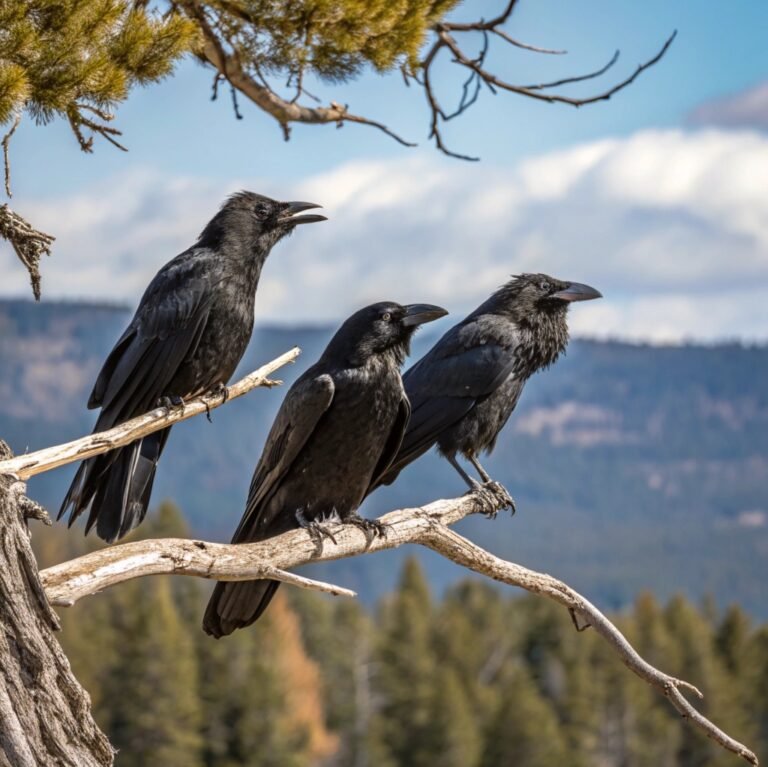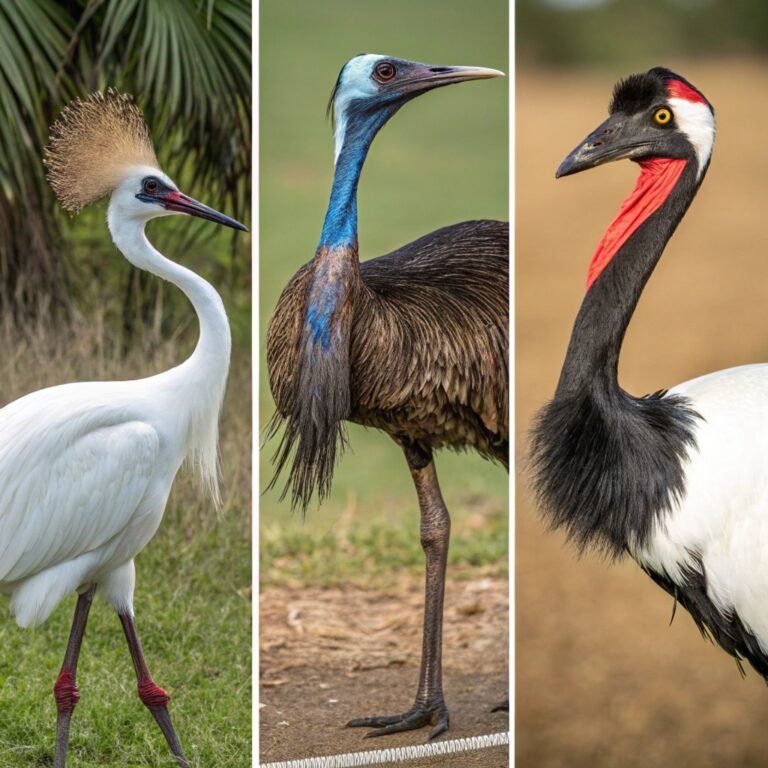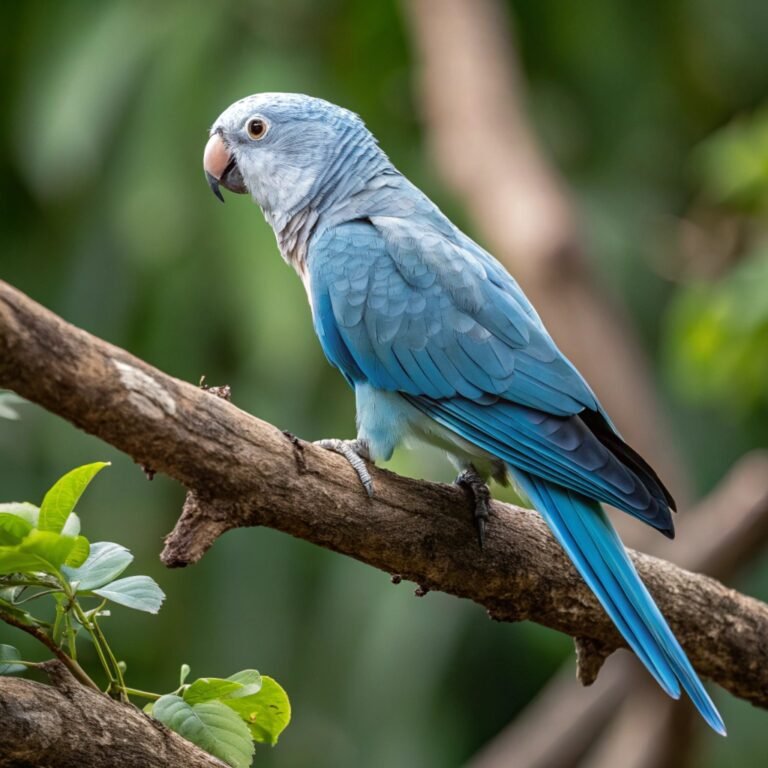The Majestic Black Eagle: A Comprehensive Guide to Ictinaetus malaiensis
The black eagle (Ictinaetus malaiensis) is a remarkable bird of prey that captivates observers with its striking appearance and impressive aerial abilities.
This comprehensive guide delves into the world of this majestic raptor, exploring its unique characteristics, behavior, habitat, and ecological significance.
As we embark on this journey to understand the black eagle, we’ll uncover the secrets of its hunting techniques, nesting habits, and the challenges it faces in an ever-changing environment.
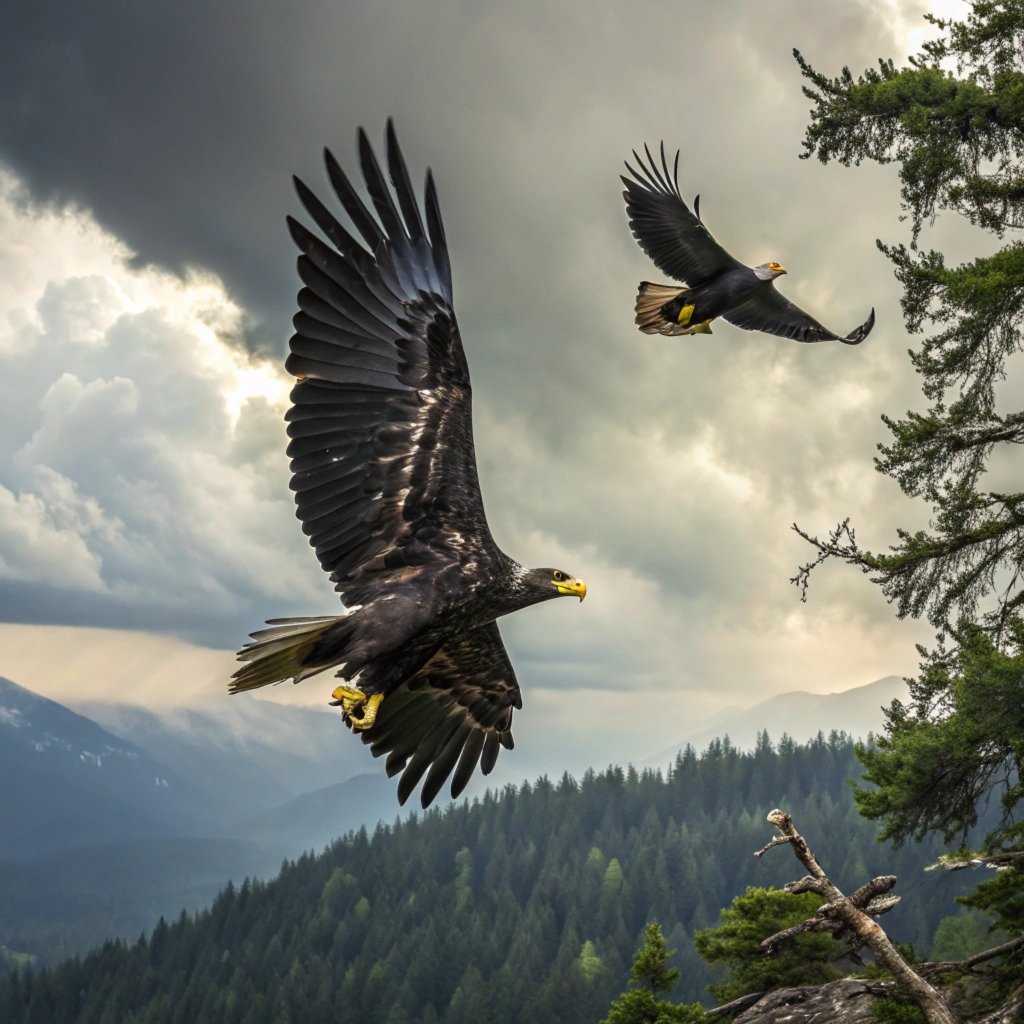
Key Takeaways:
- The black eagle is a large but slender raptor belonging to the family Accipitridae
- It is the only member of the genus Ictinaetus
- Black eagles inhabit forested areas in tropical and subtropical South and Southeast Asia, as well as southeastern China
- They are known for their distinctive silhouette and slow flight, with widely splayed and long primary “fingers”
- These birds are prolific nest predators, feeding on mammals, birds, and eggs
- Black eagles play a crucial role in controlling populations of various species in their ecosystem
- Their conservation status varies, with habitat loss being a significant threat
- They have cultural significance in some communities, often associated with their unique flying abilities
- Black eagles construct large nests high in tree canopies and typically lay a single egg
- Their yellow ceres and legs contrast strikingly with their dark plumage, making them easily identifiable
Physical Characteristics: The Striking Appearance of the Black Eagle
The black eagle is a visually striking bird with several distinctive features that set it apart from other raptors.
As its name suggests, the adult black eagle boasts all-black plumage, creating a stark and imposing silhouette against the sky.
This dark coloration is complemented by a yellow bill base (cere) and feet, which provide a striking contrast to the bird’s overall appearance.
The eyes of the black eagle are brown, adding to its intense gaze. One of the most notable physical characteristics of the black eagle is its wing shape.
The wings are long and pinched in at the innermost primaries, giving the bird a unique and easily recognizable outline when in flight.
This distinctive wing shape is crucial for the black eagle’s hunting and soaring abilities, allowing it to maneuver effectively through its forested habitat.
Size and Measurements: Impressive Dimensions of the Black Eagle
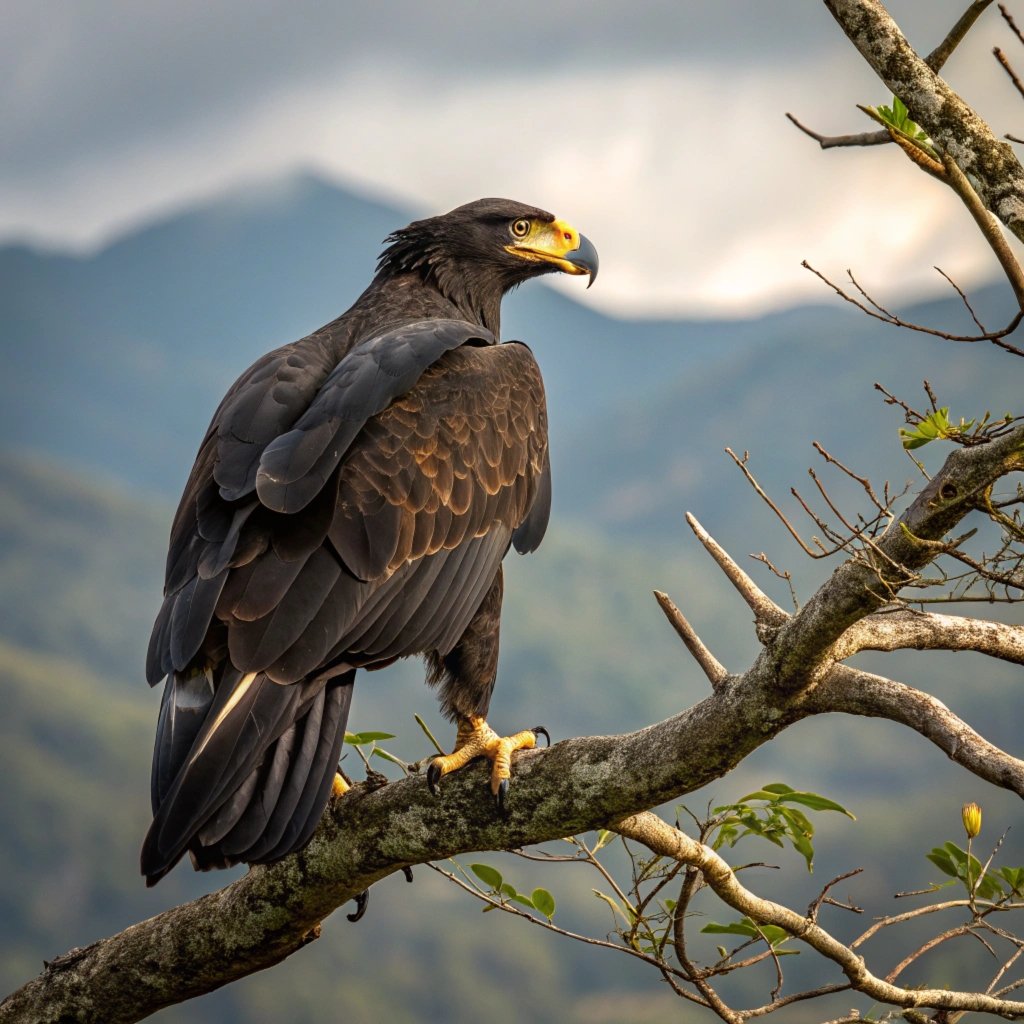
Despite its imposing appearance, the black eagle’s size is relatively modest compared to some other eagle species.
This large but slender raptor measures approximately 75 cm (30 inches) in length, with an impressive wingspan ranging from 148 to 182 cm (4 ft 10 in to 6 ft 0 in).
These dimensions make the black eagle one of the largest eagles in its range, although its weight is surprisingly light for its size.
Adult black eagles typically weigh between 1,000 and 1,600 grams (2.2 and 3.5 pounds), which is about half the weight of the partially sympatric mountain hawk-eagle, despite being of similar total length.
This relatively light weight, combined with its large wingspan, contributes to the black eagle’s exceptional flying abilities, allowing it to soar effortlessly over its forest habitat for extended periods.
Habitat and Distribution: The Forested Realm of the Black Eagle
The black eagle is well-adapted to life in forested environments, particularly favoring areas with significant tree cover. These majestic birds are found in the hilly regions of tropical and subtropical South and Southeast Asia, as well as southeastern China.
Their range extends from Pakistan and the base of the Himalayas through Bhutan, India, and Sri Lanka, down into Indochina and Malaysia.
Black eagles show a strong preference for evergreen and montane forests, thriving in elevations ranging from sea level up to 3,300 meters above sea level.
They are known to inhabit both primary and secondary woodlands, demonstrating some adaptability in their habitat selection.
However, studies have shown that black eagles tend to favor areas with good forest cover, often being absent from regions where tree cover falls below 50%.
This preference for densely forested areas is closely tied to their hunting strategies and nesting requirements.
Behavior and Hunting Techniques: The Aerial Prowess of the Black Eagle
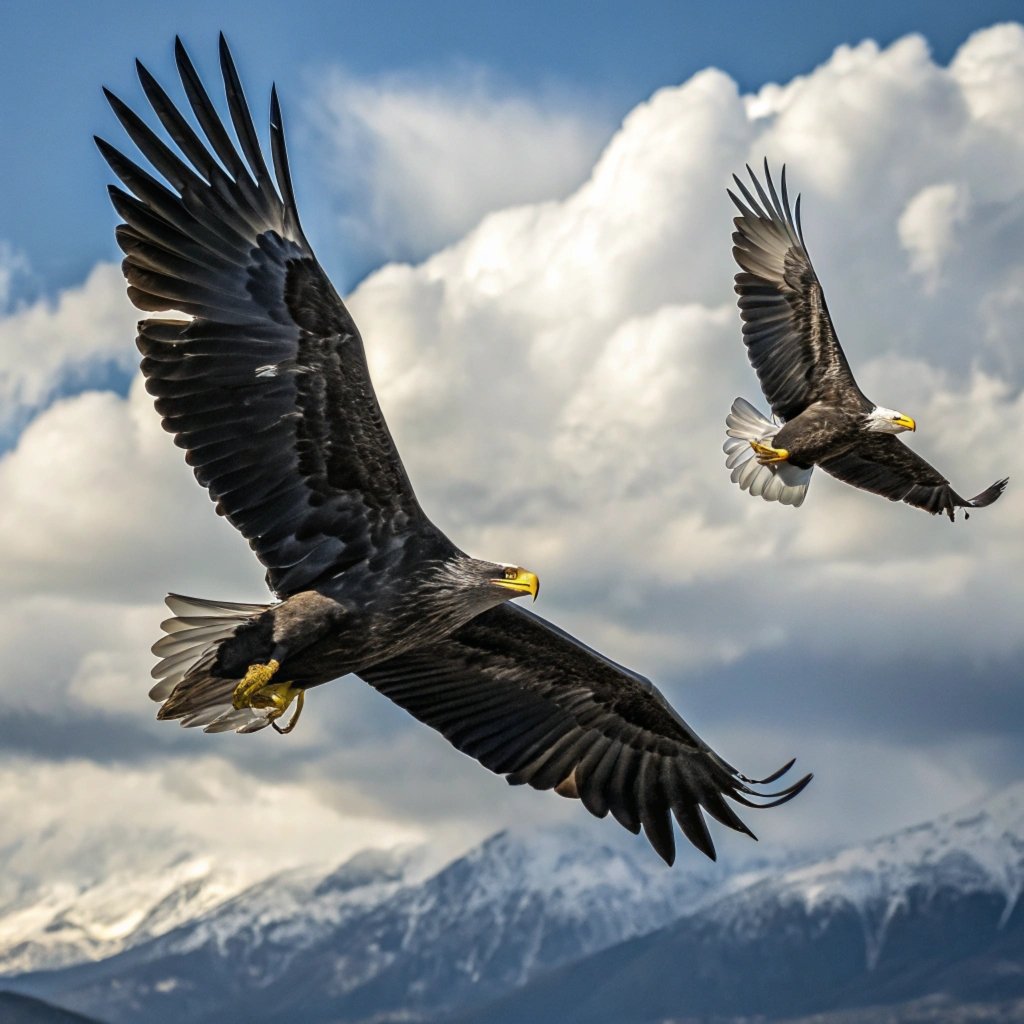
The black eagle is renowned for its exceptional flying abilities and unique hunting techniques. These birds are often observed soaring gracefully over forest canopies, using thermals and updrafts to maintain altitude with minimal effort.
Their distinctive wing shape, with long, splayed primary feathers, allows them to fly at slow speeds while maintaining excellent maneuverability.
This slow flight is crucial to their hunting strategy, as it enables them to carefully scan the forest below for potential prey. Black eagles are prolific nest predators, known for their ability to snatch eggs and nestlings from the nests of other birds.
Their curved claws and wide gape are perfectly adapted for this purpose, allowing them to grasp and carry away entire nests.
In addition to birds and eggs, black eagles also prey on a variety of mammals, including bats, squirrels, and even small primates like macaques.
Diet and Feeding Habits: The Diverse Menu of the Black Eagle
The black eagle’s diet is diverse and reflects its role as a top predator in its ecosystem. These raptors are known to consume a wide range of prey, including mammals, birds, reptiles, and even insects.
One of the most interesting aspects of their feeding behavior is their specialization in nest predation. Black eagles are adept at locating and raiding the nests of other birds, consuming both eggs and nestlings.
This behavior has earned them a fearsome reputation among other forest-dwelling species, with many birds and mammals emitting alarm calls at the sight of a black eagle soaring overhead.
In addition to nest contents, black eagles also prey on adult birds, including swiftlets which they may capture in flight or snatch from cave entrances.
Mammals form another significant part of their diet, with squirrels, flying squirrels, and bats being common targets. Larger prey items, such as young bonnet macaques, have also been recorded in their diet.
Breeding and Nesting: The Reproductive Cycle of the Black Eagle
The breeding and nesting habits of the black eagle are fascinating aspects of its life cycle. These birds typically construct large nests high in the canopies of tall trees, using sticks and branches to create a sturdy platform for their offspring.
The nesting process begins with the pair selecting a suitable site, often choosing a location that provides both protection from predators and a good vantage point for hunting.
Once the nest is built, the female black eagle usually lays a single egg, which both parents take turns incubating.
This shared incubation duty is an important aspect of black eagle parental care, ensuring that the egg is constantly protected and maintained at the proper temperature.
After the egg hatches, both parents continue to play active roles in caring for the chick.
They bring food to the nest, protect the young bird from potential threats, and gradually teach it the skills it will need to survive as an adult.
Conservation Status and Threats: Challenges Facing the Black Eagle
While the black eagle is not currently considered globally threatened, it faces several challenges that could impact its future survival.
The primary threat to this species is habitat loss due to deforestation and large-scale extraction of forest resources.
As black eagles rely heavily on forested areas for both hunting and nesting, the reduction of suitable habitat can have significant impacts on their populations.
In many parts of their range, black eagles are described as uncommon, indicating that their numbers may not be as robust as those of some other raptor species.
The species’ preference for areas with good forest cover (typically more than 50%) makes it particularly vulnerable to habitat fragmentation and degradation.
Climate change may also pose future challenges for the black eagle, potentially altering the distribution of prey species or affecting the availability of suitable nesting sites.
Conservation efforts for this species often focus on preserving large tracts of forest and maintaining connectivity between forested areas to ensure that black eagles have sufficient habitat to thrive.
Cultural Significance: The Black Eagle in Human Societies
The black eagle holds cultural significance in various communities throughout its range, often inspiring awe and respect due to its impressive appearance and flying abilities. In some regions, the bird has become integrated into local folklore and traditions.
For example, the Lepcha people of India’s Darjeeling district have a particularly poetic description of the black eagle, referring to it as the “bird that never sat down”.
This name reflects the eagle’s remarkable ability to remain aloft for extended periods, soaring effortlessly on air currents.
Similarly, the Soliga people have their own name for the black eagle, “Kaana Kattale”, which references both its dark coloration and its preference for forested habitats.
These cultural associations highlight the impact that the black eagle has had on human communities that share its environment, demonstrating how wildlife can inspire and shape human perceptions and beliefs.
Unique Adaptations: The Specialized Features of the Black Eagle
The black eagle possesses several unique adaptations that contribute to its success as a forest-dwelling raptor. One of the most notable is its wing structure, characterized by long, widely splayed primary feathers.
This adaptation allows the eagle to fly at very slow speeds while maintaining control, a crucial ability for hunting in dense forest environments.
The bird’s dark plumage may serve as camouflage when hunting from above, making it less visible to prey against the shadowy forest canopy.
Another interesting adaptation is the black eagle’s curved claws and wide gape, which are perfectly suited for grasping and carrying away entire nests.
This specialization for nest predation sets the black eagle apart from many other raptors and allows it to exploit a unique ecological niche.
The species’ ability to thrive in a wide range of elevations, from sea level to high montane forests, also demonstrates its adaptability to various environmental conditions.
Ecological Role: The Black Eagle’s Impact on Forest Ecosystems
The black eagle plays a significant role in the ecosystems it inhabits, functioning as a top predator that helps to regulate populations of various species.
Its predation on small mammals, birds, and reptiles contributes to maintaining the balance of forest communities.
As a nest predator, the black eagle may influence the breeding success and behavior of other bird species, potentially affecting their population dynamics and distribution.
The presence of black eagles in an area can also impact the behavior of prey species, with many animals becoming more vigilant or altering their activity patterns to avoid predation.
This behavioral change can have cascading effects throughout the ecosystem. Additionally, as a large, forest-dependent species, the black eagle serves as an indicator of forest health.
Its presence in an area often suggests that the forest ecosystem is sufficiently intact to support a diverse community of species.
Conservation efforts aimed at protecting black eagle habitats can therefore have wide-reaching benefits for entire forest ecosystems.
Migration Patterns: The Movement of Black Eagles
While black eagles are generally considered residents throughout much of their range, some populations exhibit partial migratory behavior.
This means that some individuals or groups may undertake seasonal movements, while others remain in the same area year-round.
The extent and patterns of these migrations can vary depending on factors such as food availability, weather conditions, and breeding cycles.
In some regions, black eagles may move to lower elevations during the winter months, returning to higher altitudes for breeding in the spring and summer.
These movements allow the birds to take advantage of seasonal changes in prey abundance and weather conditions.
However, more research is needed to fully understand the migratory patterns of black eagles across their entire range.
Studying these movements is important for conservation efforts, as it helps identify critical habitats and potential corridors that need protection to support the species throughout its annual cycle.
Comparison with Other Eagles: How the Black Eagle Stands Out
When compared to other eagle species, the black eagle exhibits several distinctive characteristics that set it apart. Unlike many eagles that prefer open habitats, the black eagle is highly adapted to forest environments.
Its wing shape and flight style are specialized for maneuvering through dense canopies, a trait not commonly seen in larger eagle species.
The black eagle’s focus on nest predation is also unusual among eagles, many of which primarily hunt live prey on the ground or in the air.
In terms of size, the black eagle is relatively light for its wingspan, which contributes to its exceptional soaring abilities.
This contrasts with some other forest eagles, like the mountain hawk-eagle, which are heavier and more powerful but less agile in flight.
The black eagle’s all-black plumage is also distinctive, as many eagle species exhibit more varied coloration or patterns.
These unique features highlight the black eagle’s specialized niche within the diverse family of eagles and demonstrate the variety of adaptations that have evolved among these impressive birds of prey.
FAQs
What is the scientific name of the Black Eagle?
The scientific name of the Black Eagle is Ictinaetus malaiensis.
Where can Black Eagles be found?
Black Eagles are found in tropical and subtropical regions of South and Southeast Asia, including countries like India, Bangladesh, Myanmar, and parts of China.
What do Black Eagles eat?
Black Eagles have a diverse diet that includes mammals, birds, reptiles, and eggs. They are known for their ability to prey on nests, often carrying away entire nests with nestlings.
How large are Black Eagles?
Black Eagles are large raptors, measuring about 75 cm (30 inches) in length with a wingspan of 148 to 182 cm (4 ft 10 in to 6 ft 0 in).
Are Black Eagles endangered?
While not globally threatened, Black Eagles face challenges due to habitat loss and are considered uncommon in many parts of their range.

Hello, I’m Emily Price, the founder of Birds Affection. As a passionate bird enthusiast and spiritual seeker, I’ve always been fascinated by the symbolic meanings and mystical connections between birds and our lives. On this website, I share my knowledge and insights on the spiritual significance of various bird species, exploring their roles as messengers, guides, and teachers. Through my writing, I aim to inspire and educate others on the profound wisdom and beauty that birds bring to our world. Join me on this journey as we delve into the enchanting realm of bird symbolism and discover the hidden meanings behind these magnificent creatures.

